Introduction
I spend a fair amount of time as an outdoor educator studying backcountry electronics. It’s an area of outdoor skills education that we cover extensively in our courses, including Basecamp and Trek Planning.
One important trend over the past few years is the move toward rechargeable devices. Now that we have high-performance rechargeable headlamps, cameras, smartphones, inflation pad pumps, satellite communicators, and GPS watches, we can now consolidate our charging using portable battery chargers (PBCs). We’ve covered PBC performance is covered extensively in BatteryBench.
In this updated gear guide, I’ll provide some insight into the backcountry electronics I use, discuss their use cases, and explain why I chose those brands and models.
I will focus on lighting, photography, satellite messaging, GPS watches, and portable battery chargers.
Revision Info:
This article was first published here in July, 2018. It has since been revised and updated to reflect the author’s changing practices, preferences, and gear recommendations. Last update: September 3, 2024.
Lighting
The use of electronic devices in the backcountry is a relatively new phenomenon. Of course, disposable battery-operated flashlights have been around for decades, so those don’t really count. But with the increasing prevalence of rechargeable electronics found in hiker kits, the relatively new genre of USB-rechargeable lights can’t be ignored.
I use five lights depending on the use case.
When this article was initially written in 2018, I was using the Petzl Bindi Headlamp. Since then, its weight, form factor, and performance haven’t changed, and its price has decreased by ten bucks.I still use the Bindi when I want a tiny-form-factor (pocketable) headlamp for task lighting around camp. It’s not really powerful enough for extensive nighttime trail hiking. It lacks a bright flood pattern and suffers from poor battery life when powering it in high beam mode (200 lumens). It makes a great addition to my day hiking kit, when I occasionally need a light-duty headlamp to get me back to the car during a late-in-the-day romp in the woods.
One of the lightest rechargeable headlamps available. On its highest setting, it throws a 200 lumen beam up to 36 m for 2 hours. On its low setting, battery life extends to 50 hours with a 6 m, 6 lumen beam. Includes both white and red LED lighting.
If I know I need a headlamp for more extensive trail hiking, I use the Nitecore NU25UL. It will throw 400 lumens at 70 yards for more than two and a half hours. Its flood pattern doesn’t illuminate long distances (which limits depth perception), and the battery is relatively small (650 mAh), so it’s not my first choice for early morning alpine starts, snow-covered landscapes, or bushwhacking. In looking back at my gear lists from the past year, however, the Nitecore NU25UL accompanied me on more than 50% of my nights in the backcountry.
Our pick for an ultralight headlamp that's still bright, functional, and comfortable to wear. USB-C rechargeable, weight includes 650mAh li-ion battery. IP66 ingress protection, 70 yard peak beam distance, 1029cd peak beam intensity, 400 lumens. Spot, flood, and red light modes. Dual switches, lockout functionality, built-in battery life indicator. Runtime ranges from 2 hr 45 min (high - 400 lumens) to 10 hr 25 min (low - 60 lumens).
For most of my “casual” multisport adventures (including mountaineering and packrafting), I opt for an IP68-certified housing to prevent water ingress in heavy rain or submersion. In particular, while packrafting, I’m often on the water just before dawn, and may be using a headlight for the first hour (and often wearing it for a few hours). In addition, in cases where I’m paddling long days and can’t find a camp, I’ve been known to paddle for a bit after dark, if I know I’m not having to paddle Class 3 or higher whitewater. The Fenix HL50M is my headlamp of choice in these scenarios. Its 700-lumen burst mode and outstanding flood pattern give me the depth of field for off-trail, snow, and on-the-water navigation. I don’t use it in the winter or for long alpine climbs – its battery is just too small for extensive, hours-long navigation exercises in the dark.
The new v2 model features a Cree XP-G3 S4 white LED that outputs up to 700 lumens with a 377-foot beam throw. Includes a red LED for night-vision-saving task lighting. IP68 water-resistance (submersible) and a machined aluminum housing make this a reliable, durable performer for rough conditions. It has a relatively small battery (700 mAh), so pay attention to recharge needs if you plan to use high-output modes often.
The heavy end of my headlight range focuses on two features: battery life and flood illumination. Most headlights designed for long hours of use where a lot of light is required usually have the battery located in the back. However, advances in battery regulation, LEDs, and lenses in the past 12 months have now allowed for lights that weigh less than 4 ounces (113 g) with their battery integrated into the front housing for better comfort. I’ve tried a half dozen of these designs from Fenix, Petzl, and Biolite, and I landed on the Black Diamond Distance LT 1100. It’s the most stable headlamp I’ve used in this weight range because the battery stays fixed next to the headband (it’s separated from the pivoting lamp housing). A 2200-mAh battery gives it more than 4 hours of run time at its highest setting (600 lumens with a beam throw distance of 350+ feet), and the user depth perception is among the best I’ve experienced. This is my winter and alpine mountaineering headlamp when I know I’m going to spend a lot of time navigating early in the morning or at night among snow, bush, and glaciers.
An extreme-conditions headlamp with some unique features, including a 2200 mAh battery that remains stable against the headband because the lamp housing is a separately-pivoting unit. Burst mode provides 1100 lumens for 10 seconds, then turns off automatically. More than 4 hours of light in high (600 lumens) mode. Waterproof and submersible (IP67).
Finally, I do carry a keychain light. It’s always in my emergency kit. I rarely use it – unless the battery in my main light full discharges and I need something to tide me over until I can charge it again. Since this is a backup (emergency) light, I don’t spend a lot of time worrying about performance specifications. I just carry something as small and as light as possible, usually a Photon II Microlight.
The OG of tiny lights. Reliable, well-made, ultralight.
Photography
The camera I use the most for capturing vlog-style and documentary trip video is the GoPro Hero 12 Black. It’s easy to use, captures high quality images and video, and I can rig it with my Rode lav mic systems for narration.
Out of the box, the GoPro Hero 12 Black is simple to use, provides very good image and audio quality, and is weatherproof. For documentary filmmaking, the GoPro Hero Black series captures files that hold up well in post, with options for professional audio integration. Still the gold standard for action cameras.
If you’ve followed my photography journey for more than a few years, you’ll know that I’ve been making images and movies with the Sony RX100 series was released in the summer of 2012. Since then, it’s gone through several iterations, and the newest Sony RX100 Mark VII version is a very significant upgrade:
- Long Lens: 24-200mm (equivalent) lens. An incredible achievement for a camera that’s pocketable, has a mid-sized sensor, and only weighs 10.6 oz (I verified the weight – that includes the battery and SD card).
This is a game-changer for me, and it means I can (finally) leave my heavy, bulky Sony RX10 or 70-200mm lens for my Sony a6500 at home for trips where I really want to save weight – and I don’t have to give up telephoto capability! This adds a lot for me creatively, because I really enjoy long shots of hikers and campsites with dramatic scenic backdrops!

No other camera on the market has this much zoom range (versatility) combined with a 1" sensor and premium (Zeiss) optics in this weight class.
And yes, I think there’s still a place for a durable, waterproof point and shoot camera, especially when I want more flexibility (lens range) than what the GoPro offers. I own and use an Olympus TG-7 for mountaineering, packrafting, and winter backpacking – I especially appreciate it when the weather is foul because it’s easy to use while wearing gloves and I never have to worry about getting it wet, submerged, or snow-covered.
A smartphone has mostly replaced point and shoot cameras for many applications. However, for extreme weather, mountaineering, watersports (like packrafting), or snow/winter use, a waterproof, shock-proof camera is still the most reliable option. The Olympus TG series has left the rest of the pack in the past few years, and their latest iteration (TG-7) is a gem. For less than 9 ounces, you get terrific photo quality, ease of use, and one of the most durable camera bodies ever made.
Satellite Messaging
The Garmin inReach Mini 2 is pretty much the most powerful GPS device in its weight class since it includes two-way satellite messaging capabilities, tracking, and weather forecasting. Read my comprehensive review here and see where it fits in context with the broader satellite messenger market.
The Garmin inReach Mini 2 offers the most performance (tracking, navigation, and messaging) in the smallest size of any satellite messenger on the market. It's our recommendation when you want to have the insurance of a standalone device if you don't want to use your smartphone or your smartphone fails in the backcountry.
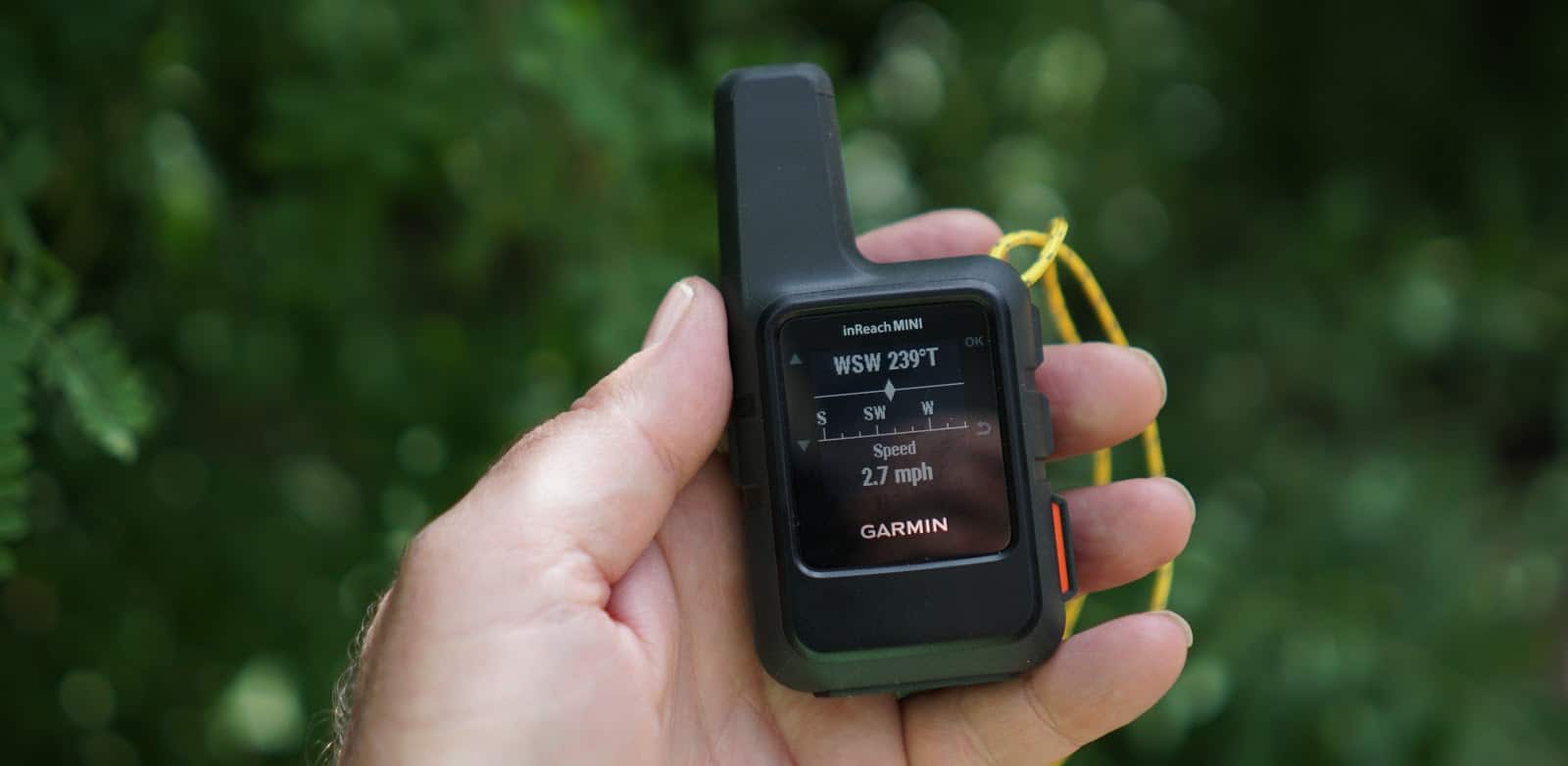
In addition, I have used a Garmin inReach Messenger more often in the past few years because it’s more pocketable, has better battery life, and is a more straightforward device when I don’t need navigation functionality.
Lighter and smaller than a Zoleo and a more pocketable form factor than a inReach Mini 2, the Garmin inReach Messenger boasts a very long battery life, reverse charging, and a display that doesn't require a smartphone for monitoring weather, incoming messages, and more.
GPS Watches
I’ve been using training watches for a long time, and years ago I migrated from a Polar V800 to the Garmin Epix Pro and Fenix AMOLED lines. here’s what I look for in a GPS watch:
- GPS navigation that includes both GLONASS and Galileo sat systems for accuracy and speed; integrated color base maps that show trails; powerful route-following features that include a unique climb analyzer that allows you to manage your climbing output on long days.
- Activity recording that includes the usual suite of location, speed and altitude data in addition to key health metrics that use wrist-top LED sensors for heart rate and pulse oximetry monitoring.
- Tight integration with Training Peaks, which I use to monitor my training and recovery.
- Bluetooth integration with smartphone notifications, the Garmin Connect App, and Garmin inReach satellite messengers for message notifications and route-finding.
I’ve owned three Garmin Fenix/Epix models: the Fenix 5X Plus, the Epix Pro 2, and the new Fenix 8 AMOLED. The Garmin Fenix 8 AMOLED is supposed to represent the current state of the art in GPS watches (it’s the most recent model). It offers a beautiful screen, decent battery life, and an updated (simpler) user interface and menu system than previous Fenix and Epix models. However, because it’s such a new model, it suffers from immature firmware. If I had to buy a watch today, I’d stick with the much more refined Epix Pro 2. Garmin continues to release Fenix 8 firmware updates, but we’re likely not going to see this new model optimized until mid- to late-2025.
The Garmin Epix Pro 2 is currently our recommended premium watch for GPS, ABC (alti-baro-compass), and fitness (e.g., HRM, HRV, PulseOx) monitoring. With a bright AMOLED screen, mature firmware, and high level of customization, the Epix Pro 2 represents the current state of the art (and science, with its new sensor set) for outdoor smart watches.
The Fenix 8 AMOLED is the current standard-bearer of ABC/GPS fitness watches. It offers similar guts and sensor technology as the Garmin Epix Pro 2 (including multiband/L5), but with a modified (simpler) user interface and a new codebase. Recent firmware updates in late 2024 have improved responsiveness, battery life, customization features, and usability.
As an outdoor industry professional, I’ve enjoyed the privilege of testing a variety of watches from Garmin, Suunto, Polar, Apple, and Coros – and I always come back to the Fenix series for its professional features and solid integrations with Garmin Connect, Training Peaks, and the inReach ecosystem.
The watch is a very important part of my ongoing (years-long) effort to maintain and optimize my backpacking and mountaineering fitness. It sends the data I need to Training Peaks, which I then use to pretend I’m an unstoppable mountain machine:

Charging Batteries
When I think about backcountry electronics, I get excited about watches and satellite messengers and headlights and the apps I can put on my iPhone to enhance my experience in the backcountry.
For years, portable battery banks and charging cables were always an afterthought – what boring pieces of gear!
Until I started learning about the electrical engineering and design that went into making these things. That excited me because now I could make more intelligent decisions about which batteries and cables were good or bad for backcountry use.
As I learned more, and studied the design and production of batteries and cables, I discovered that there were indeed solutions to my years-long frustrations with underpowered batteries that never lived up to their capacity claims, and to cables that failed in the field.
Today, I’ve landed on two specific products that have given me new levels of confidence on long backcountry trips, because I know (from experience now) that they aren’t going to fail.
My battery of choice is the Nitecore NB10000 Gen 2. Not just because it has an extraordinarily high capacity to weight ratio (7.3 Wh/oz) or because it’s encased in carbon fiber. But because of what’s inside – electronic circuitry that powers some of the most efficient (lossless) PD circuits available. With the right cables (more on that below), it powers my devices quickly, reliably, and efficiently.
The gold standard of portable battery chargers, this one has the highest charge density we've ever tested.
PD USB-C cables are essential today if you want to get the most out of your battery (less energy wasted) with minimal charging time.
For iPhone and AirPods users, a modern USB-C to lightning cable is a must, but there’s a lot of garbage out there. I’ve purchased cables from the Big Online Retailer that were counterfeit (sold as name brands), slow (sold as PD but weren’t), and poorly durable (failed to charge after just a few uses).
But in September 2023, Anker quietly released a brand-new compact charging cable (available in USB-C to Lightning) that comes in a 12-inch length, offers 25k bend cycles (verified by independent testing labs), and true PD charging. This is a rare combination in a short cable.
My point is this – don’t overlook the little things when it comes to building your backcountry kit. I’ve spent years obsessing over things like miniature dropper bottles, mosquito repellent, toothbrushing comfort, pillows, batteries, and cables. This type of gear isn’t as sexy as a Dyneema tent or a 1000-fp down quilt or a titanium cookpot, but not dialing in the little things can create its own brand of misery.
My approach to calculating battery recharging needs is simple.
- Determine the battery capacity of each device.
- Estimate the number of times during a trip you need to recharge it.
- Add it all up and select an external (recharging) battery (the power station) that has some more capacity than your total needs (usually 20% to 40%, as a factor of safety, to account for the charging efficiency of the external battery – which you’ll find in the manufacturer’s specs).
The following case study shows what I’ll need for a typical 8-day summer alpine trek:
- Headlamp: 650 mAh battery x 1 recharge = 650 mAh
- Satellite Messenger: 1,250 mAh battery x 1 recharge = 1,250 mAh
- GPS Watch: 550 mAh battery x 2 recharges = 1,100 mAh
- Sony RX100 VII: 1,240 mAh x 3 recharges = 3,720 mAh
- Smartphone: 2,815 mAh x 3 recharges = 8,445 mAh
So the total battery capacity that I’m estimating is the sum of these totals or about 15,590 mAh. Lithium-ion power banks have a density in the range of about 1,200 to 1,800 mAh per ounce in terms of charging capacity-to-weight ratio. So the portable battery charger(s) that I’ll need to cover my charging needs will be around 10 to 16 oz. Going through this process is useful so you can compare the weights of an external power bank vs. taking spare device batteries (if your device supports them, like a camera), or using some type of solar charging system.
Related
- Webinar: How to manage electronics in the backcountry
- Gear Guide: Satellite Messengers
- Gear Testing & Research: BatteryBench: A Protocol for Testing Portable Battery Chargers and Electronic Devices for Backpacking
DISCLOSURE (Updated April 9, 2024)
- Backpacking Light does not accept compensation or donated/discounted products in exchange for product mentions or placements in editorial coverage. Some (but not all) of the links in this review may be affiliate links. If you click on one of these links and visit one of our affiliate partners (usually a retailer site), and subsequently place an order with that retailer, we receive a commission on your entire order, which varies between 3% and 15% of the purchase price. Affiliate commissions represent less than 15% of Backpacking Light's gross revenue. More than 70% of our revenue comes from Membership Fees. So if you'd really like to support our work, don't buy gear you don't need - support our consumer advocacy work and become a Member instead. Learn more about affiliate commissions, influencer marketing, and our consumer advocacy work by reading our article Stop wasting money on gear.



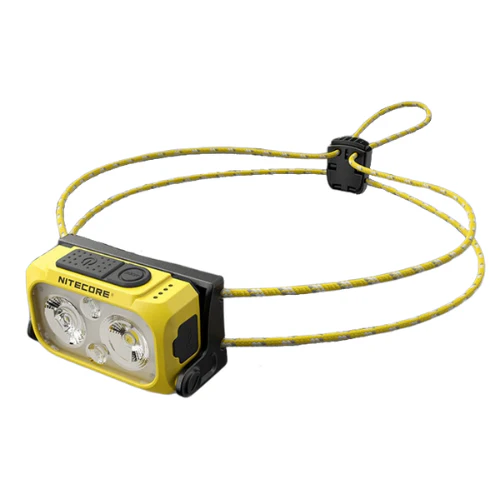
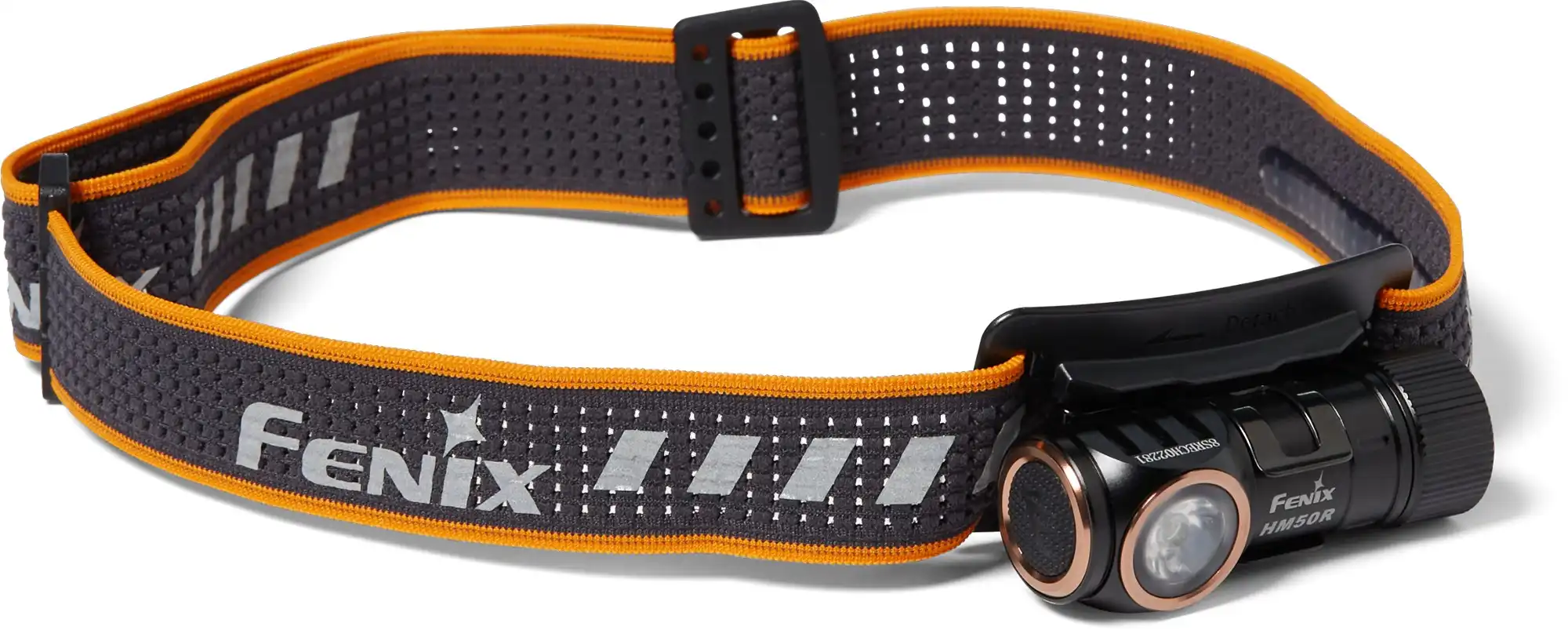


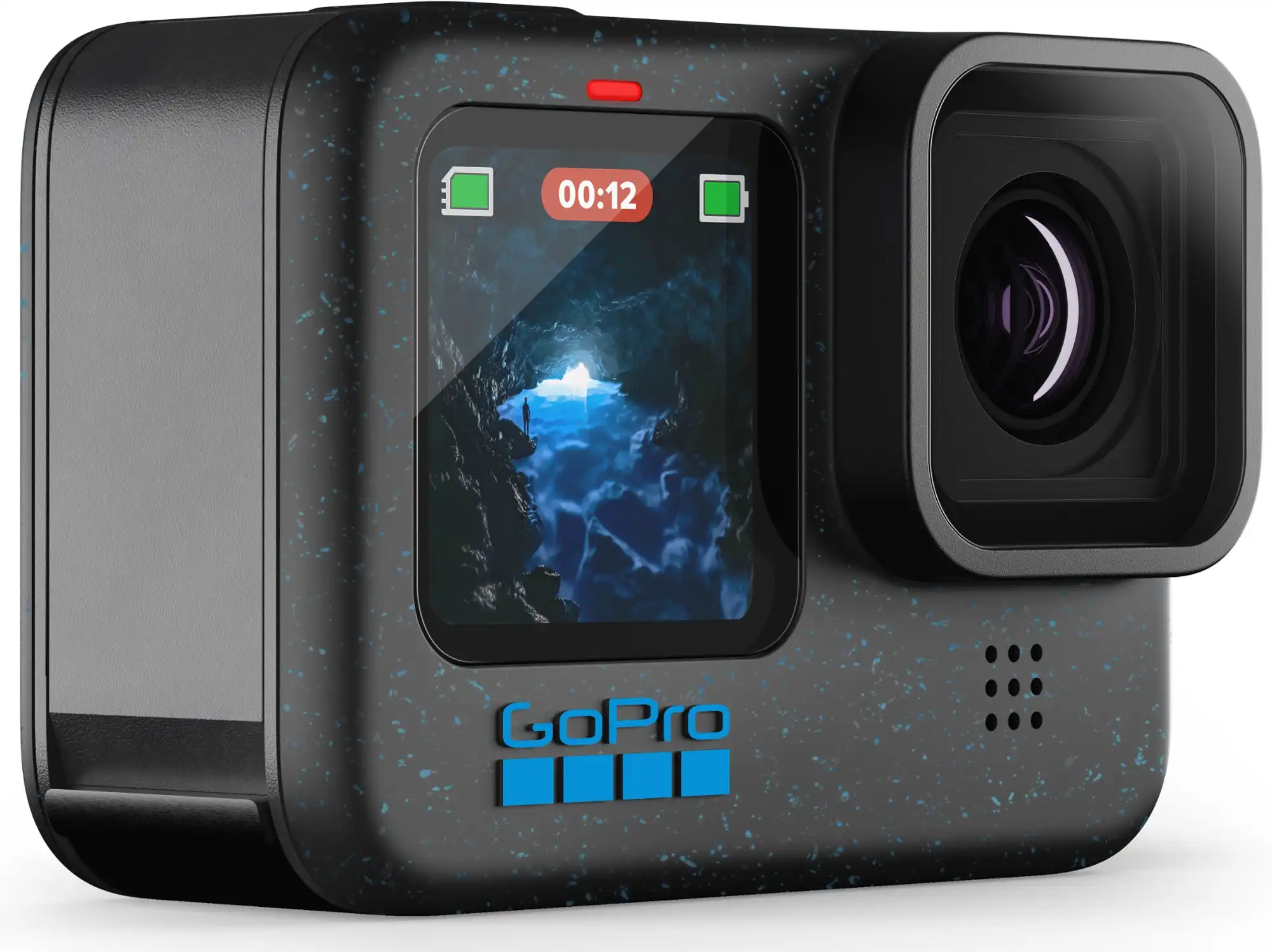

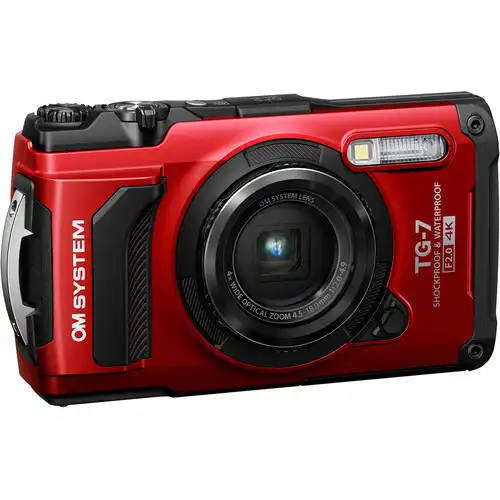
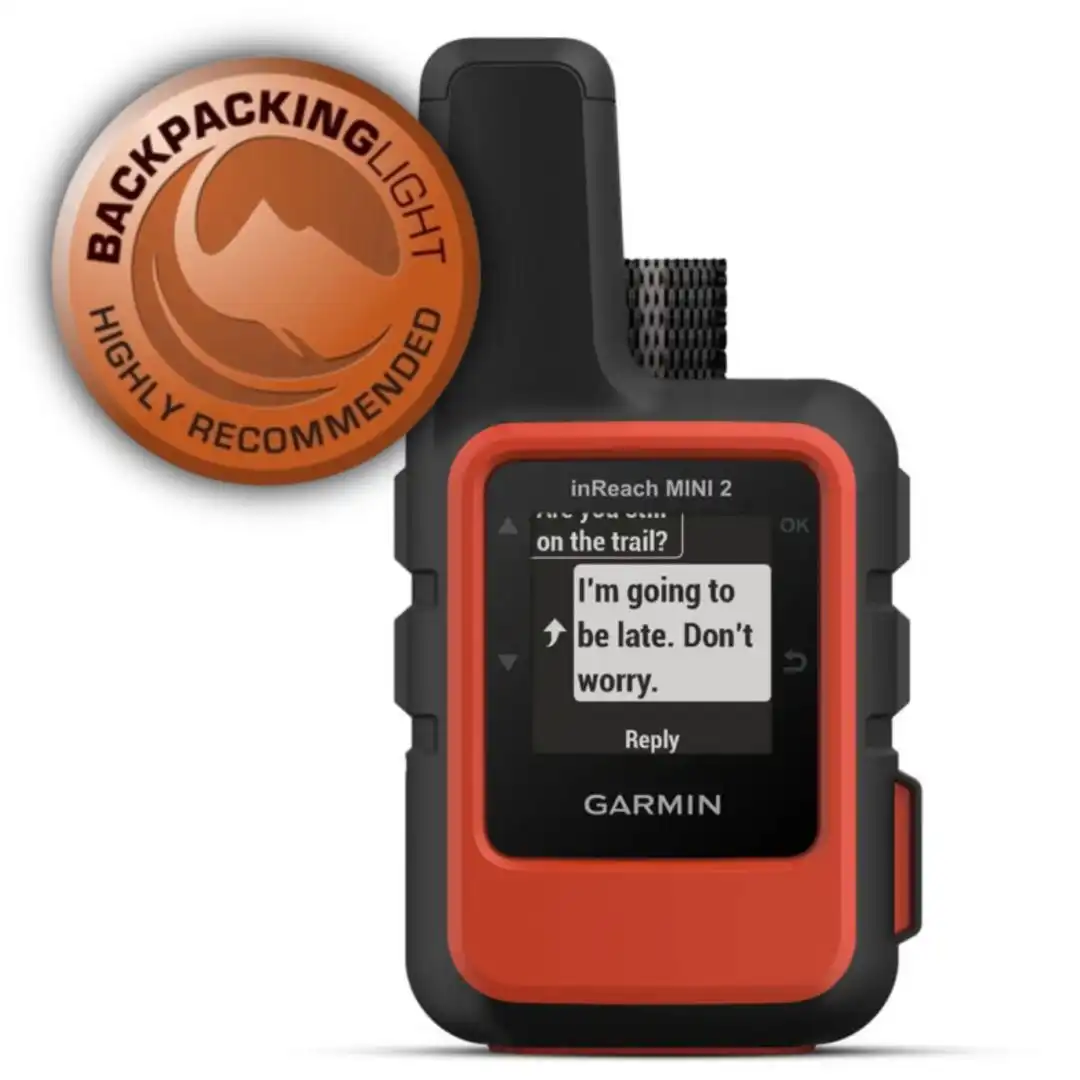
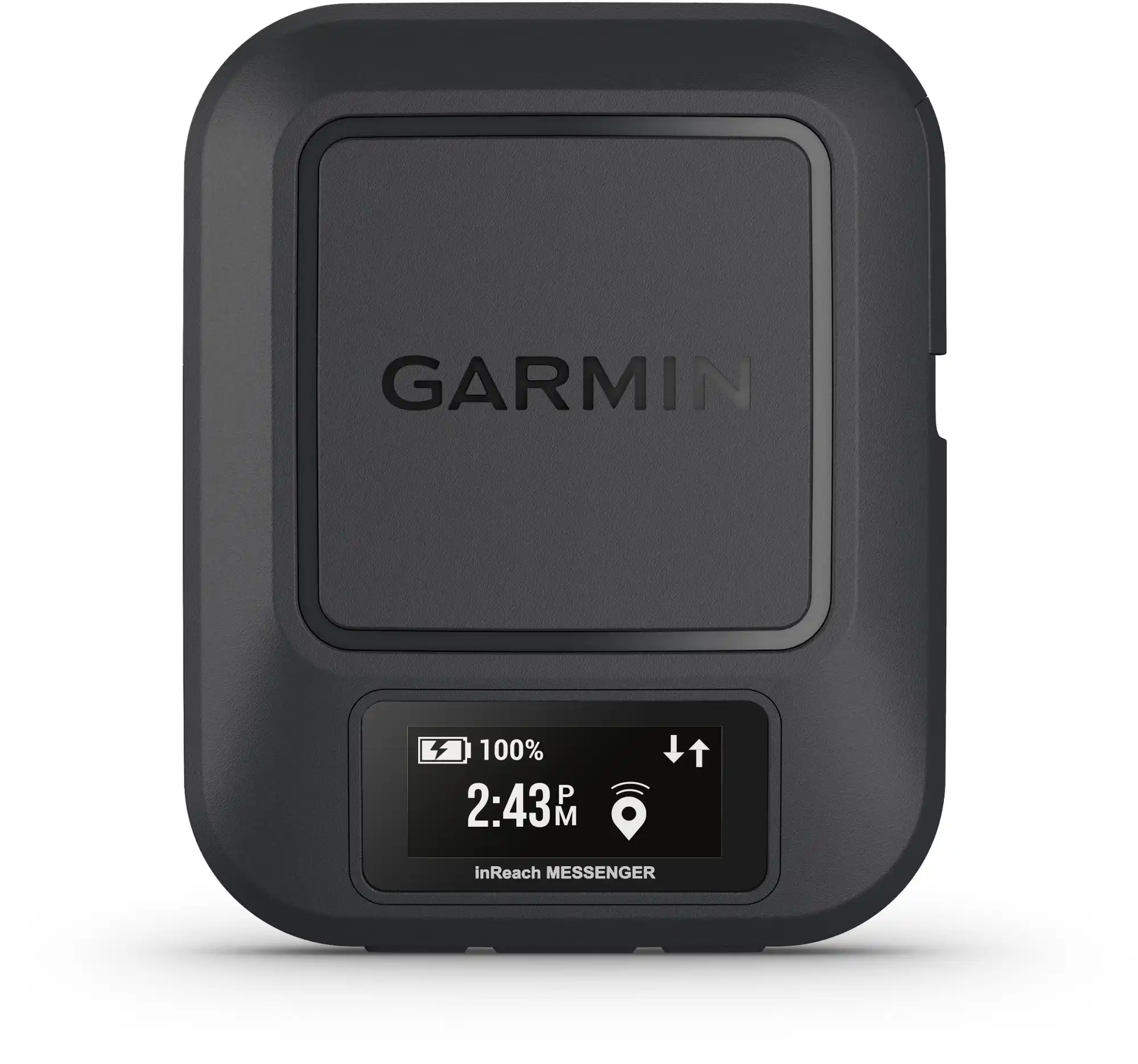

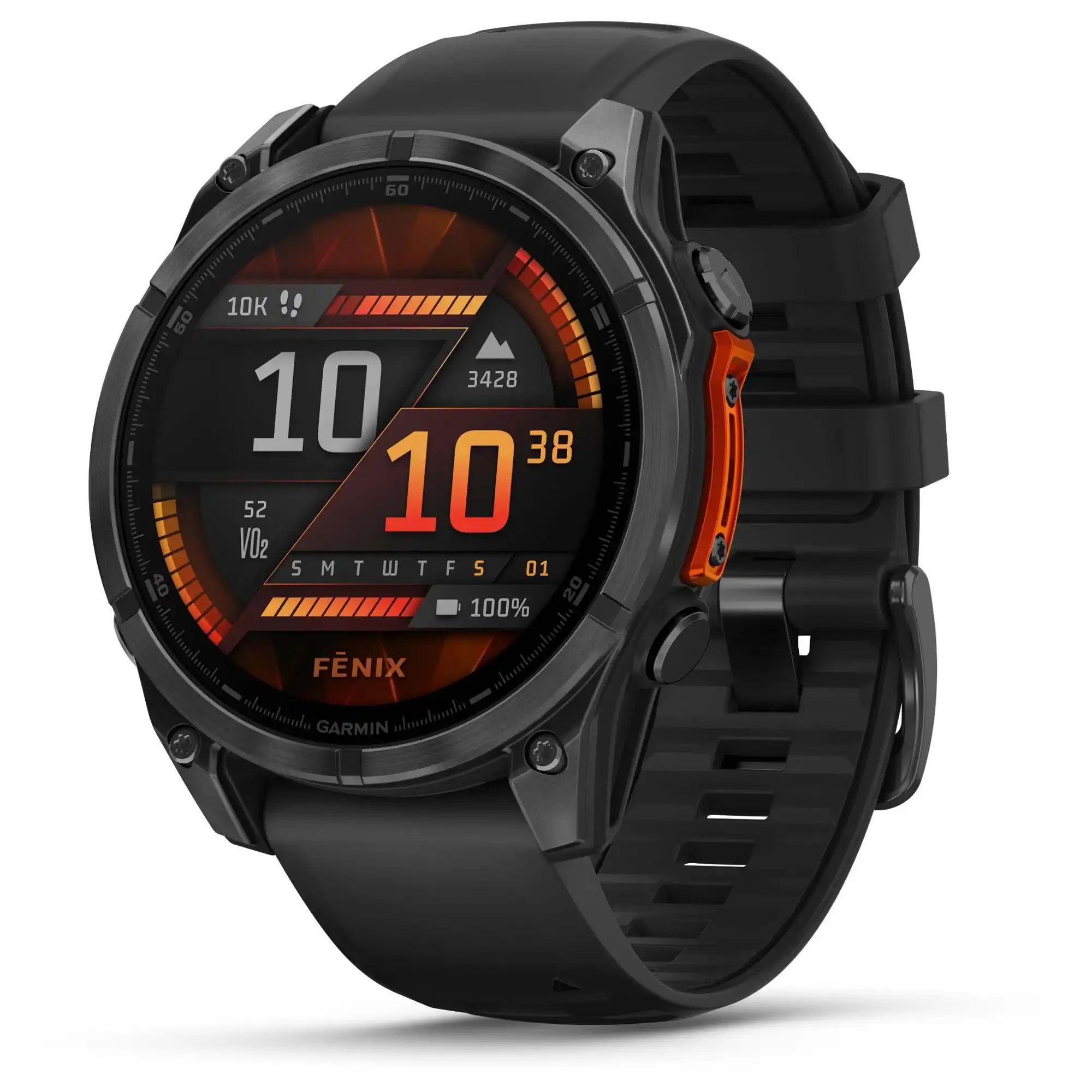
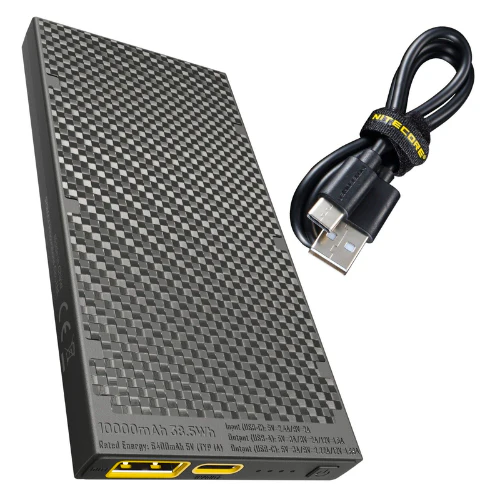


Home › Forums › Ultralight, Ultra-Performance Backcountry Electronics for 2018